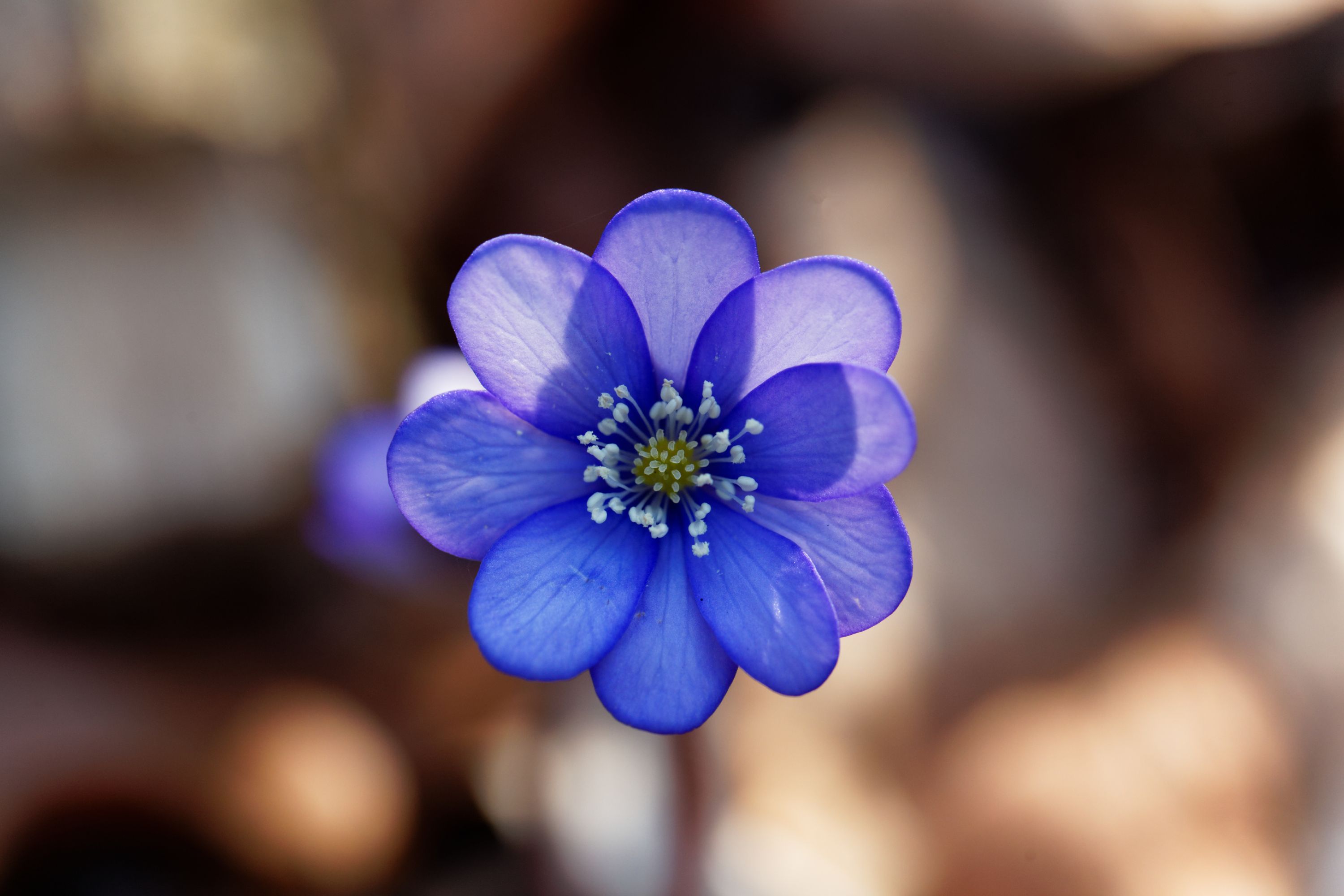Liverleaf
(Hepatica nobilis)

Description
Hepatica nobilis is a small, herbaceous perennial plant that belongs to the buttercup family (Ranunculaceae). It is commonly known as noble liverwort or liverleaf and is native to Europe and Asia. Hepatica nobilis is a popular ornamental plant because of its beautiful flowers and ability to thrive in woodland environments. In this article, we will explore the taxonomy, distribution, morphology, ecology, and cultivation of Hepatica nobilis. Taxonomy: Hepatica nobilis was first described by the Swedish botanist Carl Linnaeus in 1753. It belongs to the genus Hepatica, which includes around ten species distributed across the Northern Hemisphere. Hepatica nobilis is further divided into three subspecies: Hepatica nobilis var. nobilis, Hepatica nobilis var. japonica, and Hepatica nobilis var. pubescens. Distribution: Hepatica nobilis is native to Europe and Asia. In Europe, it is found in the northern and central parts, including Scandinavia, the British Isles, and the Alps. In Asia, it is found in Japan, Korea, and the Russian Far East. Hepatica nobilis typically grows in deciduous forests, on rocky slopes, and in grassy meadows. Morphology: Hepatica nobilis is a low-growing, clump-forming plant that typically reaches a height of 10-20 cm (4-8 in) and a width of 15-30 cm (6-12 in). It has hairy stems and basal leaves that are trifoliate, meaning they have three leaflets. The leaflets are leathery and dark green, with a glossy upper surface and a slightly hairy lower surface. The leaflets are typically oval or heart-shaped and have serrated margins. The flowers of Hepatica nobilis are one of its most distinctive features. They are solitary, nodding, and cup-shaped, with six to ten petals arranged in two or three whorls. The petals are typically blue or purple, but can also be pink, white, or red. The flowers bloom in early spring, from March to May, and are pollinated by bees and other insects. Ecology: Hepatica nobilis is a shade-tolerant plant that prefers moist, well-drained soil. It typically grows in deciduous forests, on rocky slopes, and in grassy meadows. It is a cold-hardy plant that can withstand temperatures down to -30°C (-22°F) and is able to survive under a layer of snow during the winter months. Hepatica nobilis is an important food source for early-emerging bees and other insects, which are attracted to its nectar-rich flowers. Cultivation: Hepatica nobilis is a popular ornamental plant because of its beautiful flowers and ability to thrive in woodland environments. It is typically grown as a groundcover in shade gardens, rock gardens, and woodland borders. Hepatica nobilis prefers moist, well-drained soil that is rich in organic matter. It is important to avoid planting Hepatica nobilis in areas with hot afternoon sun, as it can quickly dry out the soil and cause the plant to wilt. Propagation of Hepatica nobilis can be done by seed or division. Seeds should be sown in the fall or early spring, and division can be done in the fall or early spring when the plant is dormant. It is important to avoid disturbing the root system of Hepatica nobilis, as it is delicate and can be easily damaged. Hepatica nobilis is generally pest and disease-free, but can be susceptible to slugs and snails.
Taxonomic tree:







